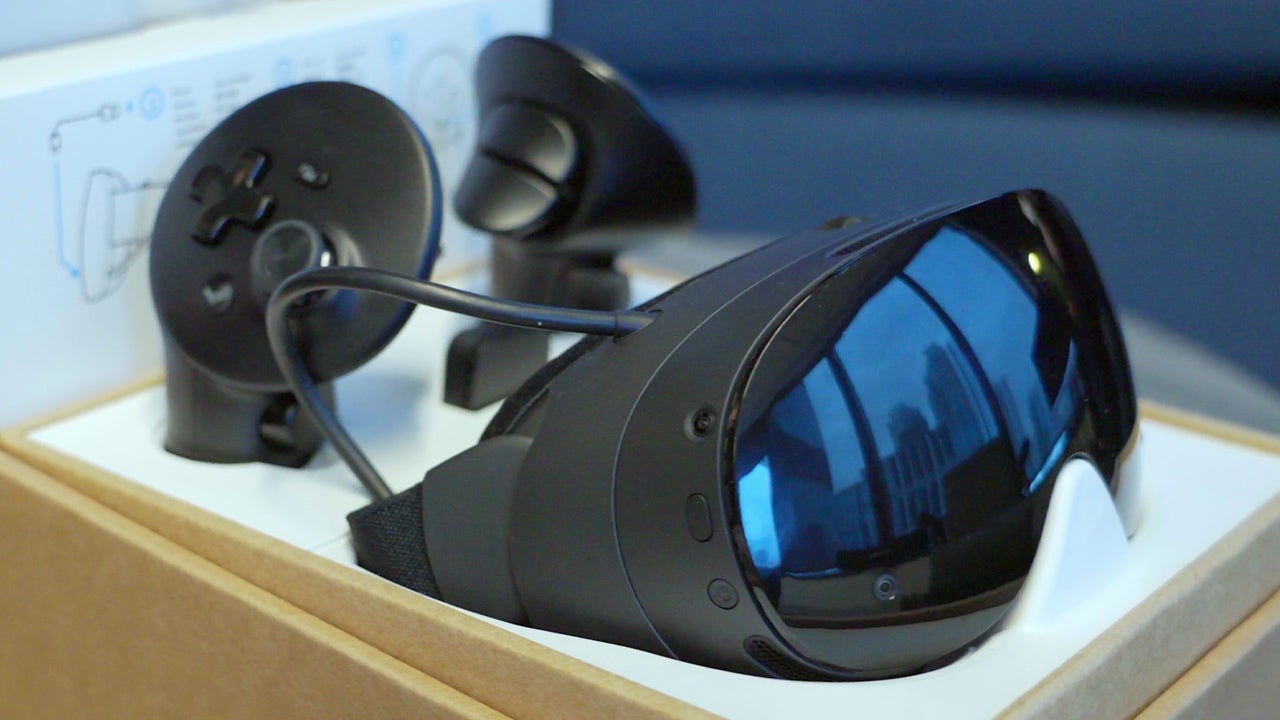Valve is once again making waves in the virtual reality realm with the announcement of its latest hardware, the Steam Frame VR headset. This new device follows the footsteps of the 2019 Valve Index, showcasing Valve’s commitment to redefining the VR experience. Alongside the Steam Frame, the company is also introducing a next-gen Steam Machine and Steam Controller.
Sources have revealed insights from Valve’s hardware and software engineers, Jeremy Selan and Gabe Rowe, about why the tech giant is diving back into VR, the capabilities of the Steam Frame, and their vision for the future of virtual reality.
For those eager to learn about the new Steam Machine and Steam Controller, reports suggest more information is available in a comprehensive interview with Valve.
Reimagining VR with Steam Frame
Why has Valve returned to VR, transitioning from the Valve Index to the Steam Frame? According to Jeremy Selan, the Steam Frame builds upon the technological foundation of the Valve Index, but with advancements that streamline the gaming experience. The new headset allows users to access both VR and non-VR content effortlessly, eliminating the need to choose between devices. The convergence of SteamOS, ARM support, and advanced computing technology allows the Steam Frame to offer a seamless and expansive gaming experience.
Gabe Rowe highlights the seamless streaming experience from a PC to the Steam Frame. Users can browse and play games directly from their Steam catalog, whether locally or streamed, without removing the headset. This innovation reduces friction and enhances gaming flexibility.
Selan further notes that technological constraints in the past prevented such a device, but the advancements in computing and form factor make the Steam Frame possible today.
Innovative Streaming and Design
The Steam Frame features an ultra-low latency wireless dongle, enhancing the streaming experience by providing a direct connection between the headset and a PC, bypassing typical Wi-Fi challenges. In addition, the device introduces ‘foveated streaming,’ a cutting-edge technology that prioritizes high-quality visuals in the user’s direct line of sight, optimizing bandwidth and improving streaming quality.
Selan explains that while enhancing the radio’s power is beneficial, incorporating foveated streaming significantly boosts performance, making the Steam Frame’s streaming capabilities exceptional.
The design of the Steam Frame prioritizes comfort and performance. With a lightweight build, high-quality audio, and integrated cameras for precise tracking, Valve’s approach ensures that the device is both comfortable and functional for extended use. The collaborative nature of Valve’s development teams, who frequently test and provide feedback on the hardware, ensures rapid iterations and improvements.
Technical Specifications and the Future of VR
The Steam Frame offers a 115-degree FOV with pancake optics, providing a compact and sharp visual experience. Each eye benefits from a 2160 by 2160 LCD panel, supporting refresh rates from 72 to 144 hertz. Integrated cameras facilitate both external tracking and eye tracking for enhanced streaming.
Powering this advanced headset is a Snapdragon 8 Gen 3 processor, with 16GB of RAM and multiple storage options, including a 256GB base model and an expandable SD card slot. The inclusion of a camera expansion port offers further modularity.
Valve is optimistic about the current state of VR gaming and its future trajectory. The Steam Frame aims to bridge the gap between VR and non-VR gaming, creating a unified platform for gamers. This integration reflects the diverse gaming habits observed across Steam’s user base, emphasizing the importance of versatility in gaming hardware.
